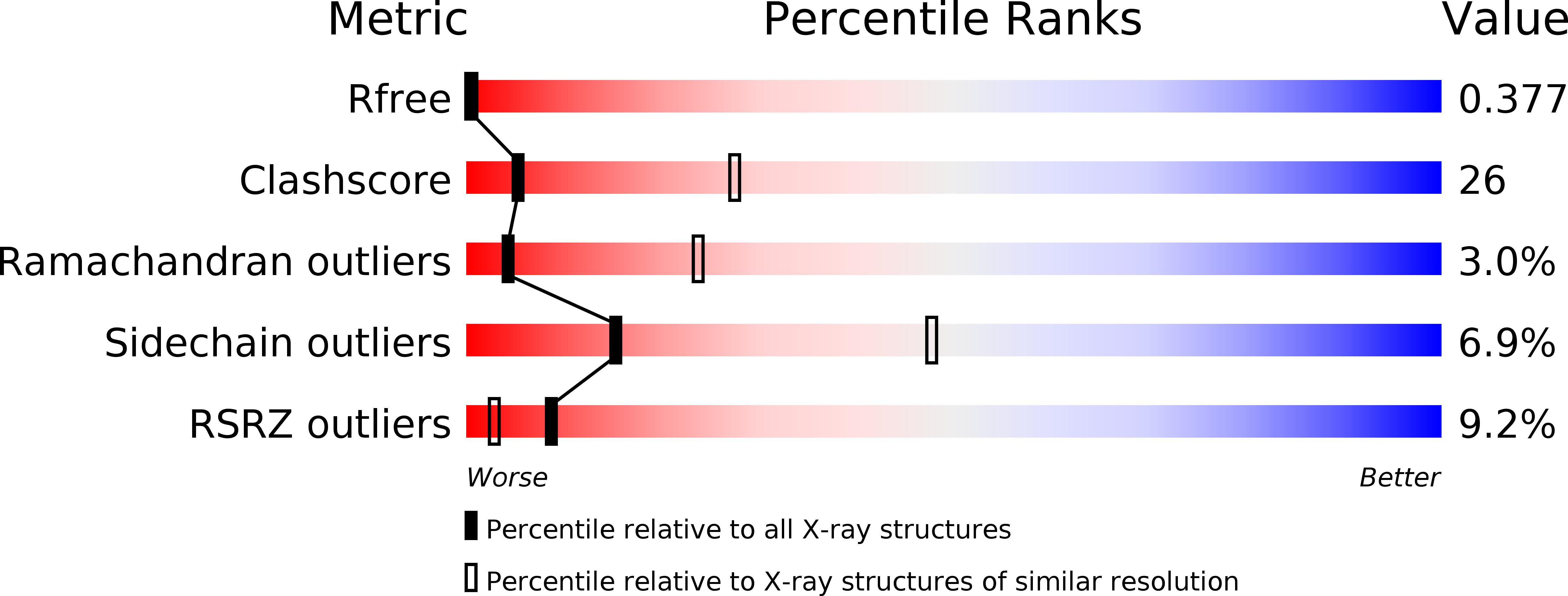
Deposition Date
2011-11-29
Release Date
2012-02-29
Last Version Date
2023-09-13
Entry Detail
PDB ID:
3UVF
Keywords:
Title:
Expanding LAGALIDADG endonuclease scaffold diversity by rapidly surveying evolutionary sequence space
Biological Source:
Source Organism:
Trichoderma reesei (Taxon ID: 51453)
(Taxon ID: )
(Taxon ID: )
Host Organism:
Method Details:
Experimental Method:
Resolution:
3.00 Å
R-Value Free:
0.37
R-Value Work:
0.27
R-Value Observed:
0.28
Space Group:
P 21 21 2


